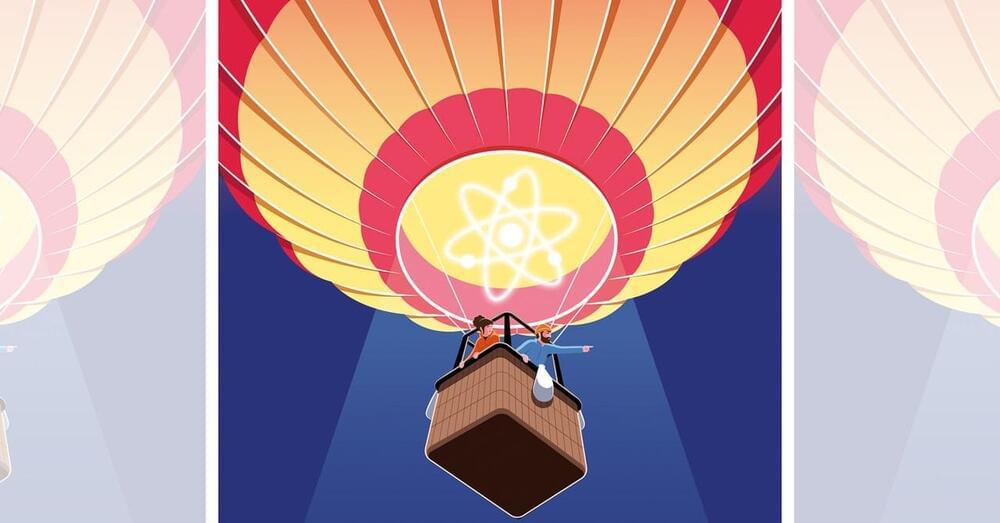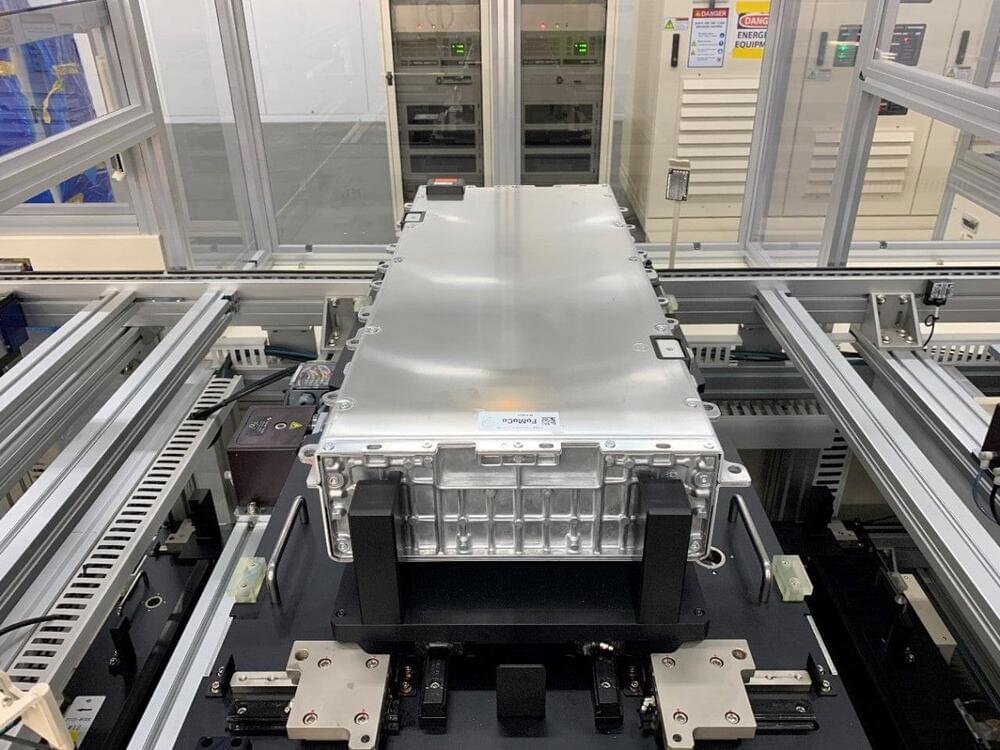This technology is primed to become faster, more versatile, and—thankfully—cheaper.



Yet the notion that we inhabit a space with any mathematical structure is a radical innovation of Western culture, necessitating an overthrow of long-held beliefs about the nature of reality. Although the birth of modern science is often discussed as a transition to a mechanistic account of nature, arguably more important – and certainly more enduring – is the transformation it entrained in our conception of space as a geometrical construct.
Over the past century, the quest to describe the geometry of space has become a major project in theoretical physics, with experts from Albert Einstein onwards attempting to explain all the fundamental forces of nature as byproducts of the shape of space itself. While on the local level we are trained to think of space as having three dimensions, general relativity paints a picture of a four-dimensional universe, and string theory says it has 10 dimensions – or 11 if you take an extended version known as M-Theory. There are variations of the theory in 26 dimensions, and recently pure mathematicians have been electrified by a version describing spaces of 24 dimensions. But what are these ‘dimensions’? And what does it mean to talk about a 10-dimensional space of being?
The Condor processor is just one quantum-computing advance slated for 2023.

As computer scientists tackle a greater range of problems, their work has grown increasingly interdisciplinary. This year, many of the most significant computer science results also involved other scientists and mathematicians. Perhaps the most practical involved the cryptographic questions underlying the security of the internet, which tend to be complicated mathematical problems. One such problem — the product of two elliptic curves and their relation to an abelian surface — ended up bringing down a promising new cryptography scheme that was thought to be strong enough to withstand an attack from a quantum computer. And a different set of mathematical relationships, in the form of one-way functions, will tell cryptographers if truly secure codes are even possible.
Computer science, and quantum computing in particular, also heavily overlaps with physics. In one of the biggest developments in theoretical computer science this year, researchers posted a proof of the NLTS conjecture, which (among other things) states that a ghostly connection between particles known as quantum entanglement is not as delicate as physicists once imagined. This has implications not just for our understanding of the physical world, but also for the myriad cryptographic possibilities that entanglement makes possible.

It now costs between $3bn-4bn to build a silicon chip fabrication plant (fab plant), and consequently, there are relatively few fabs around the world.-from 2019.
UK companies get ahead of the curve with investments in R&D and fabrication infrastructure for next-gen electronics. Andy Sellars, Chief Business Development Officer, UK Catapult, explains the strategy.
Artificial intelligence (AI) and quantum computing require compound semiconductors to achieve full commercialisation.
The physicists, constructing “time crystals”, happened on an error correction technique for quantum computers. The rest is the story we all wish we were in.

I disagree with this because consciousness ends after death.
Since the beginning of time, man has questioned what happens after death. Of course, there are a variety of typical answers to this question, but scientists may have just added an infinite number of other possibilities, just to shake things up.
According to Robert Lanza, M.D, death is actually a door to an endless number of universes. Furthermore, during our life, Lanza asserts that anything that possibly can happen is happening in some universe. He continues to explain that death does not exist in these scenarios since all of these possibilities are taking place at the same time. The only reason we associate our consciousness with our physical body is due to energy operating around in our brains.

“We also demonstrated that even very low-power microwave pulses can be detected efficiently using our protocol.”
A team of scientists has devised a means of using quantum mechanics to “view” objects indirectly. The new method could improve measurements for quantum computers and other systems. It brings together the quantum and classical worlds.
We “see” things via the complex interaction of light photons within specialized cells in the retina of our eyes. However, some scientists have speculated that a similar phenomenon could be replicated without photo-absorption or without any light.